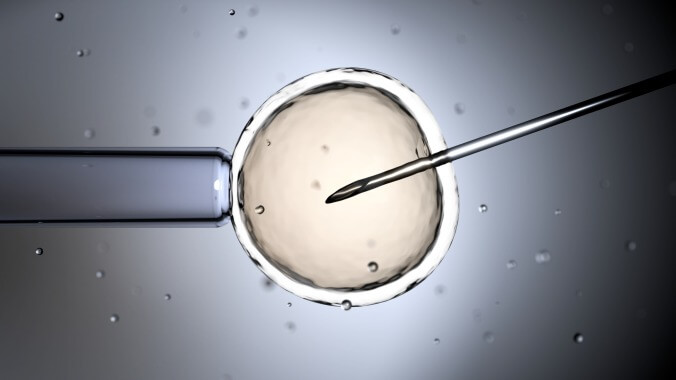
"Three-person IVF adds a third egg donor to the standard IVF procedure, allowing faulty mitochondria to be replaced with healthier ones, reducing the risk of genetic diseases."
"The method, known as mitochondrial donation, can prevent genetic issues that lead to conditions like seizures, learning disabilities, and heart disease in children."
"Despite its potential benefits, three-person IVF remains banned in the U.S., amidst concerns about genetic modification and the implications of creating 'designer babies'."
"Racial disparities in access to fertility care persist, with Black and Hispanic women facing challenges in both obtaining and achieving successful IVF outcomes."
Three-person IVF is a variation of in vitro fertilization that incorporates a third egg donor to replace faulty mitochondria with healthier ones. This innovative technique aims to prevent genetic disorders such as seizures, learning disabilities, and heart disease in offspring. However, three-person IVF is currently prohibited in the U.S., facing political and ethical opposition. Disparities in fertility care access continue to exist, especially affecting Black and Hispanic women who are less likely to receive treatment or achieve successful outcomes compared to white women.
Read at Jezebel
Unable to calculate read time
Collection
[
|
...
]